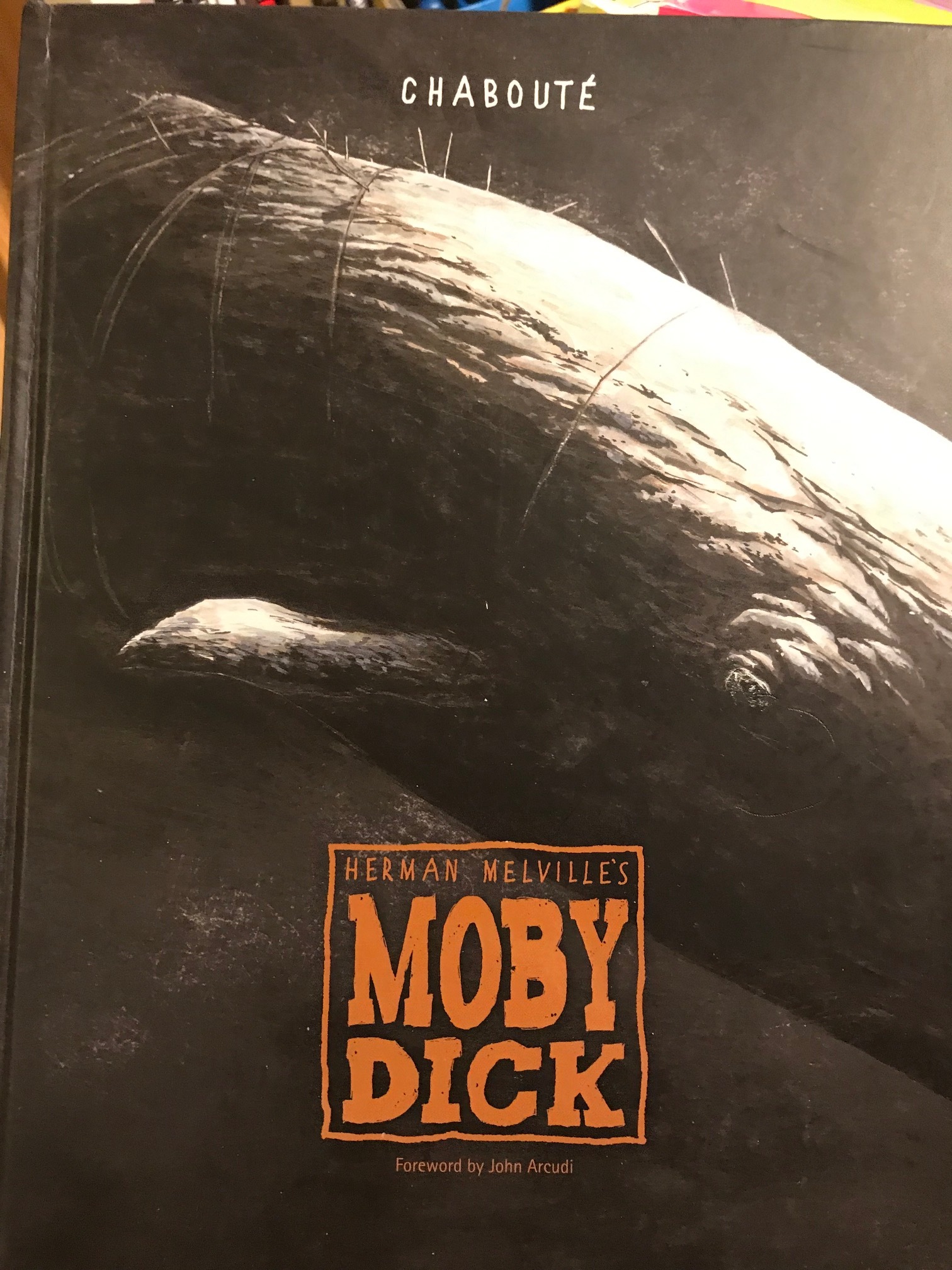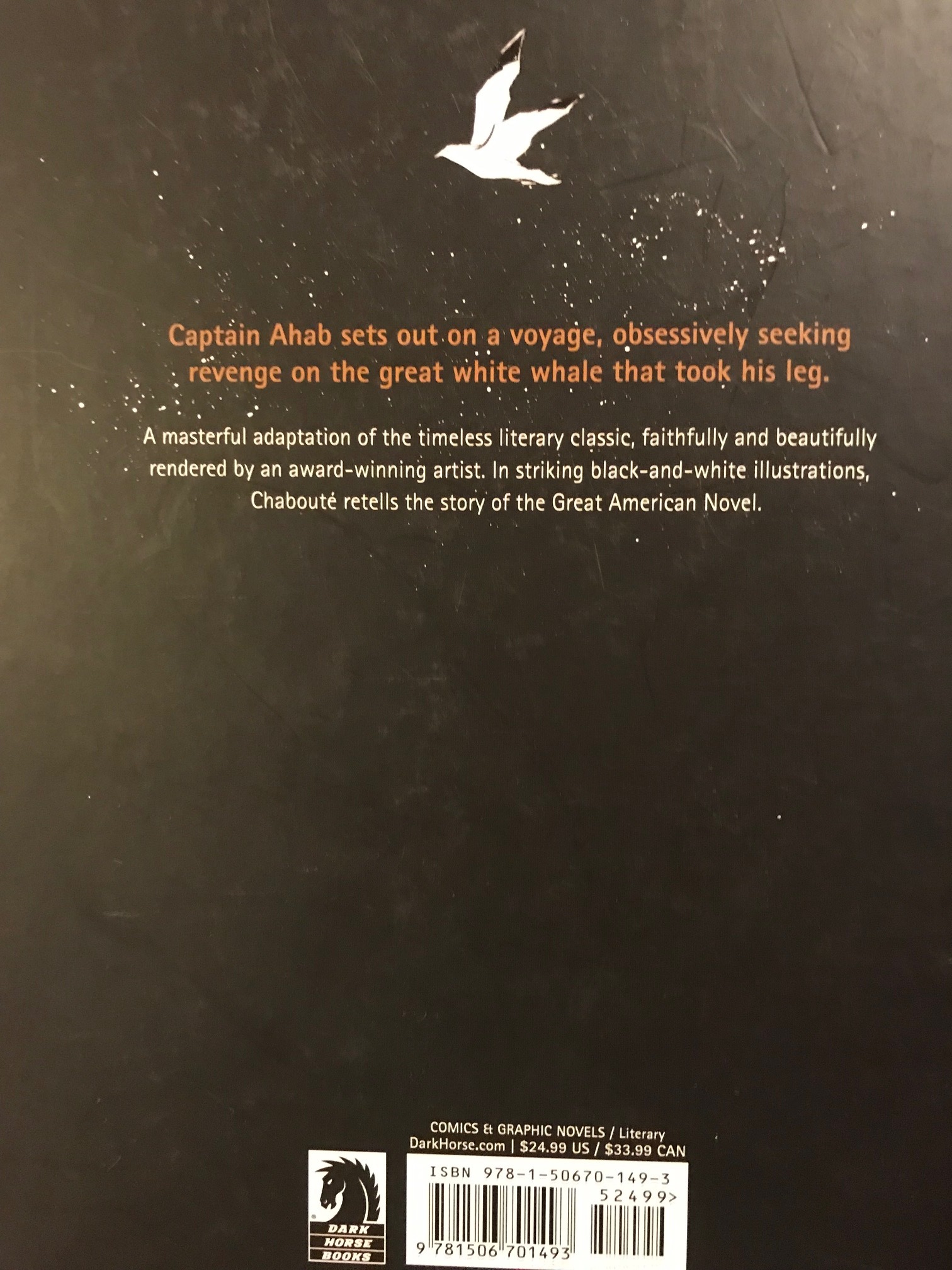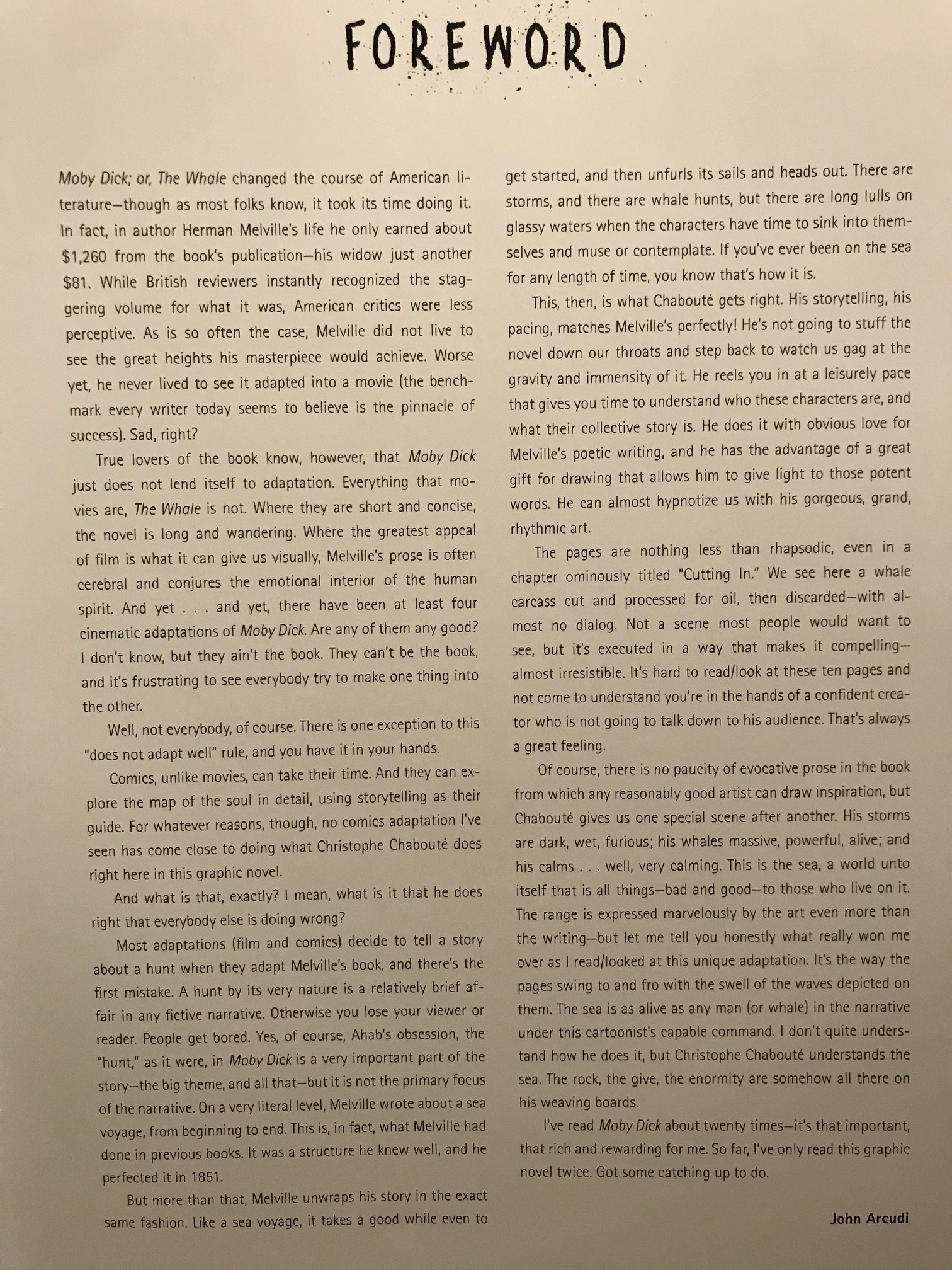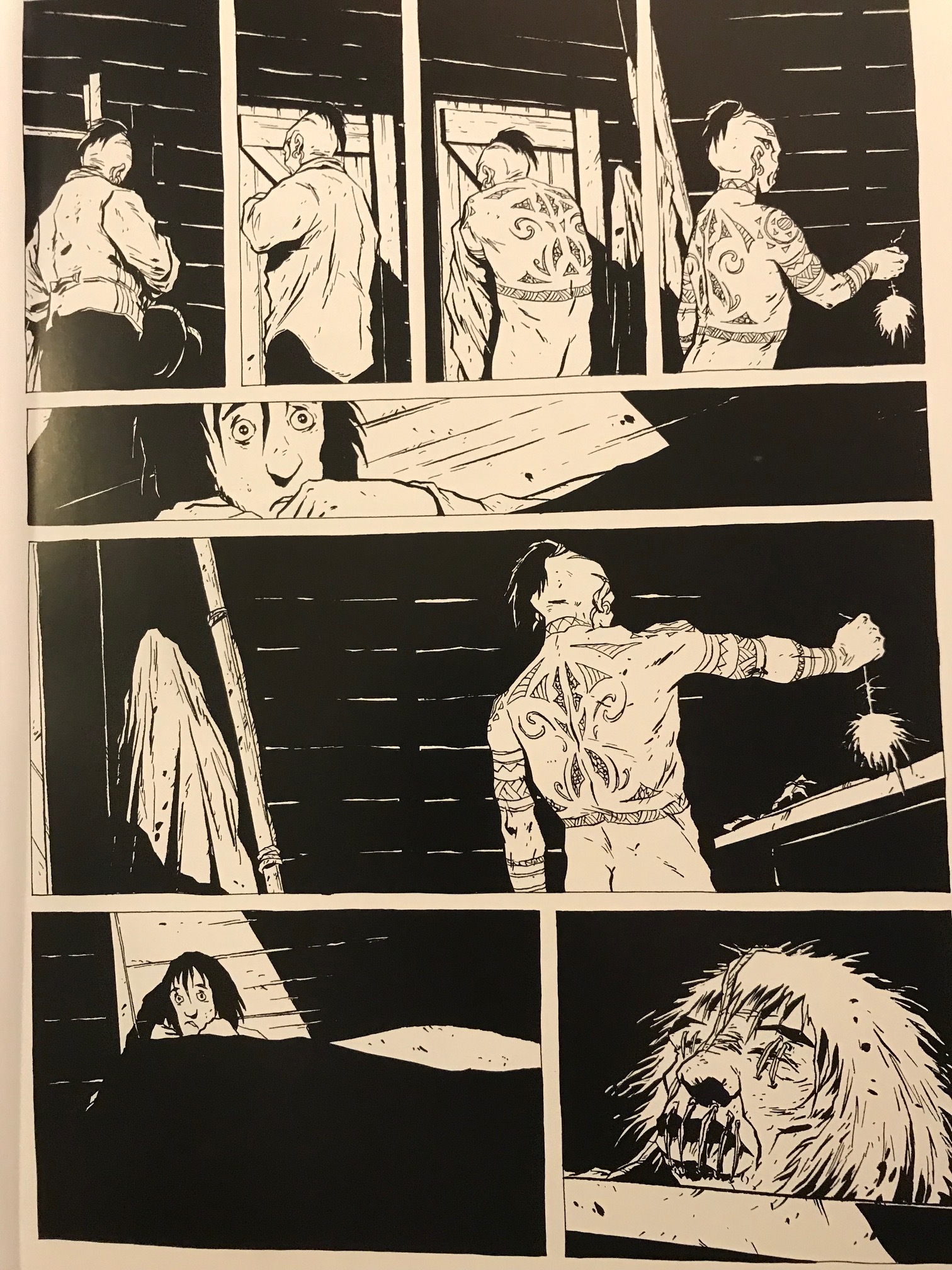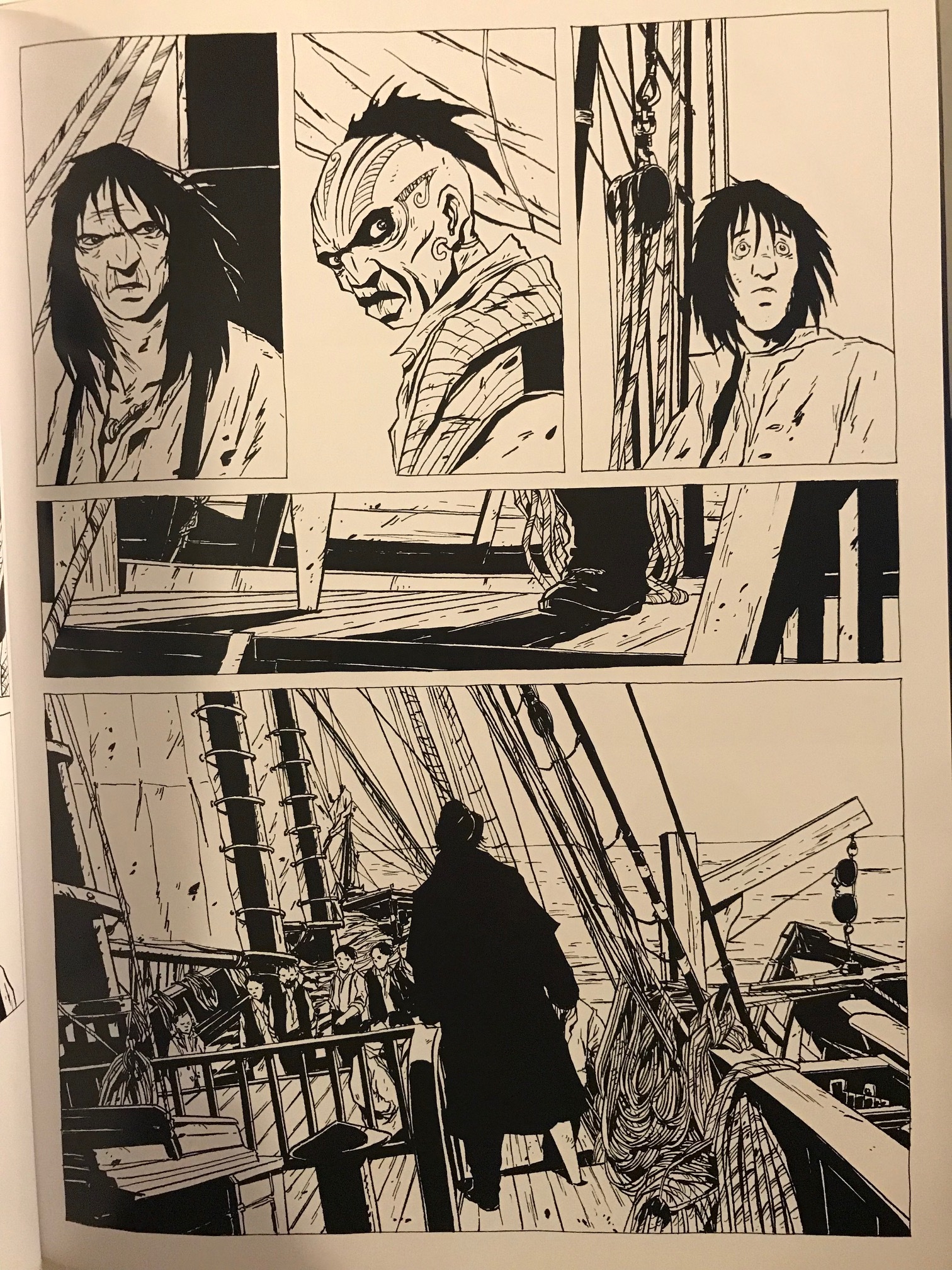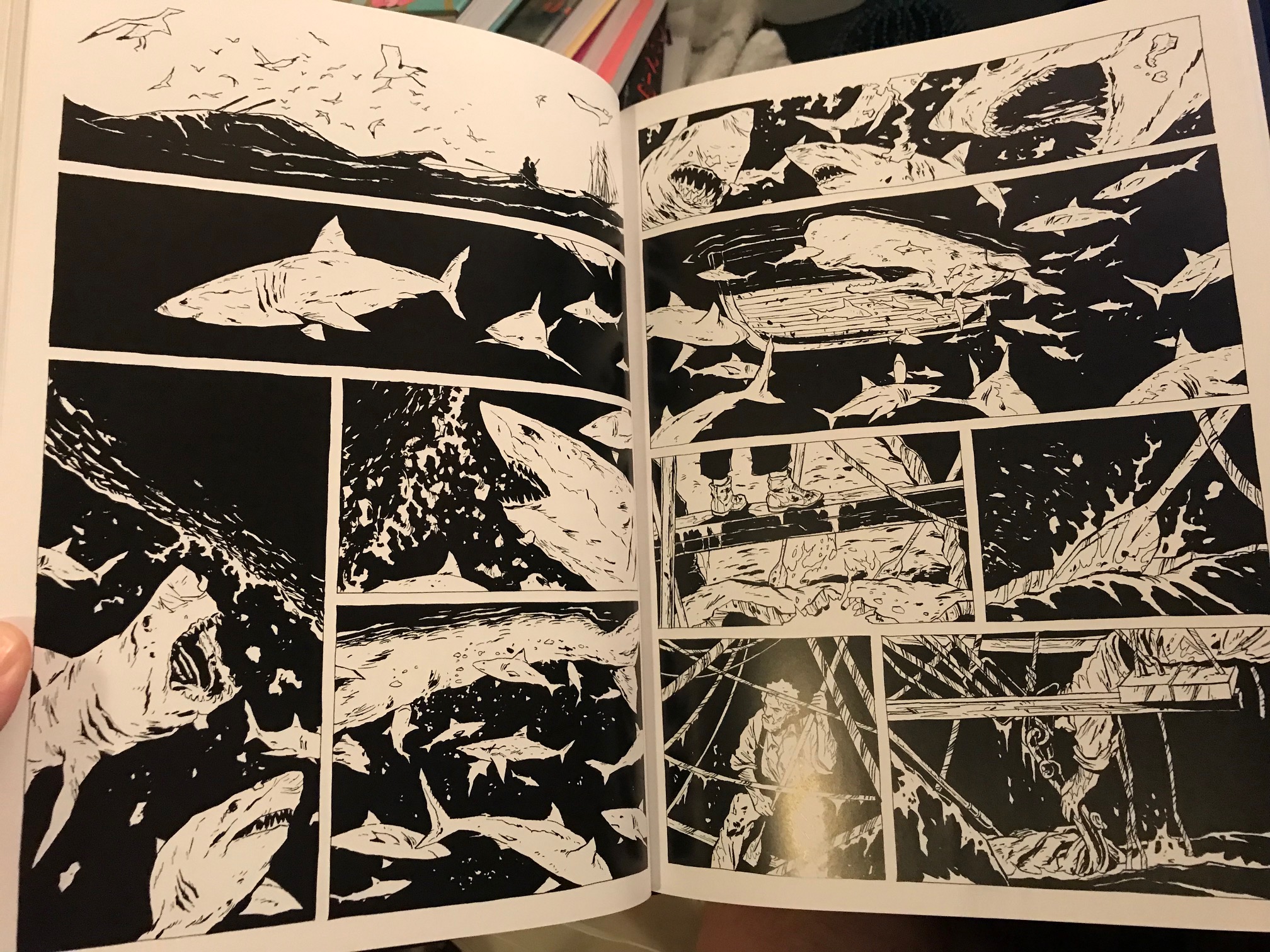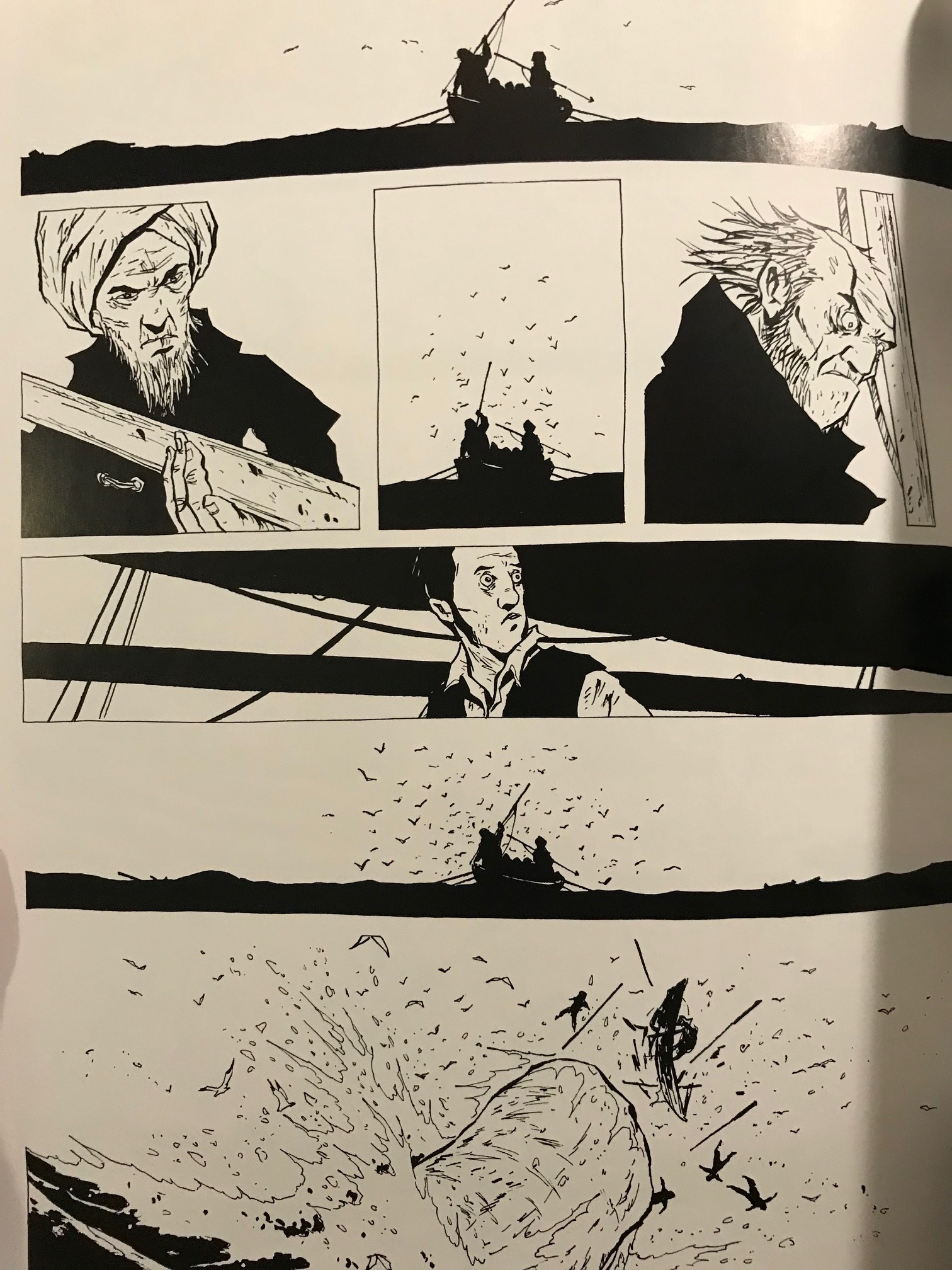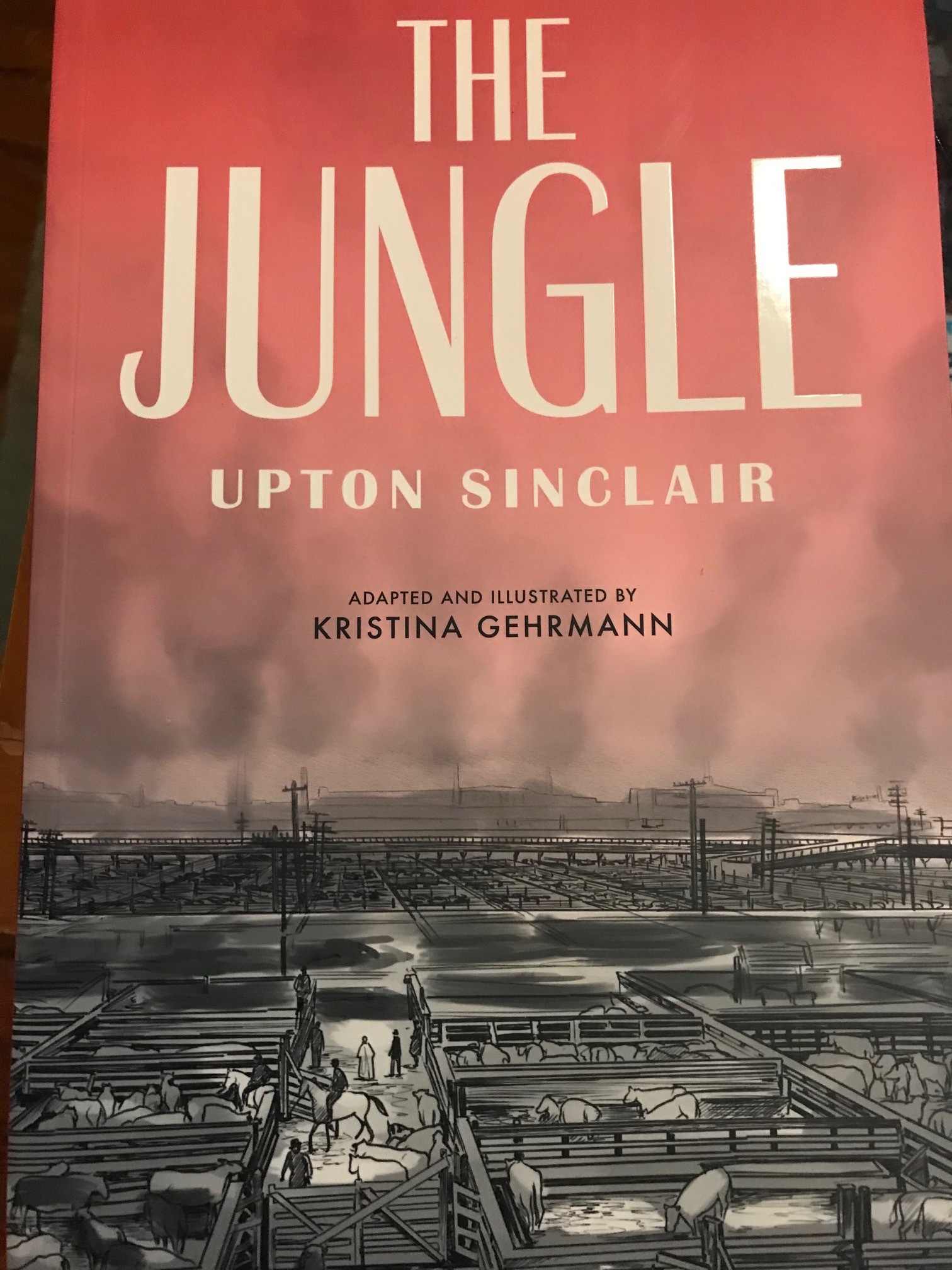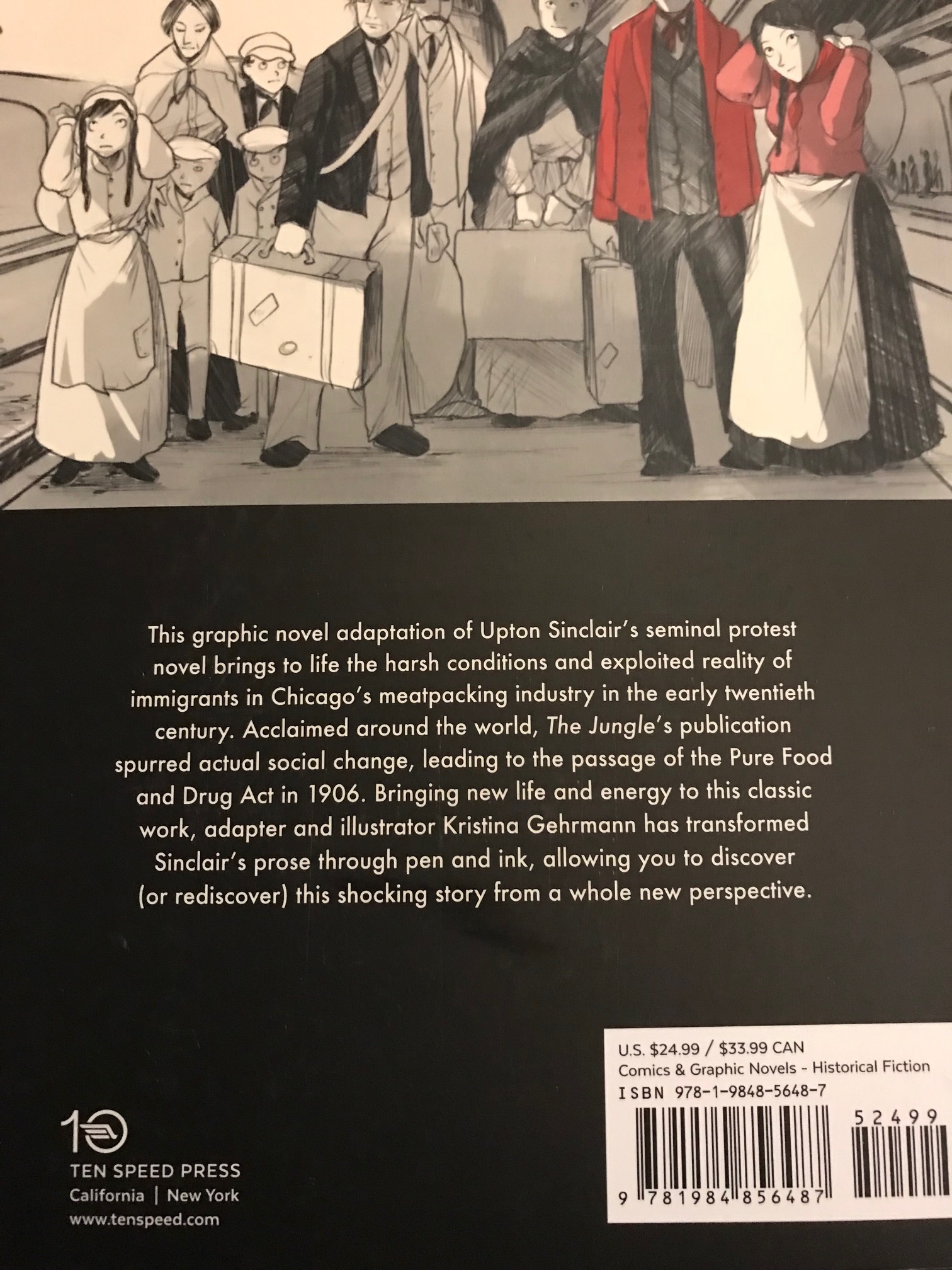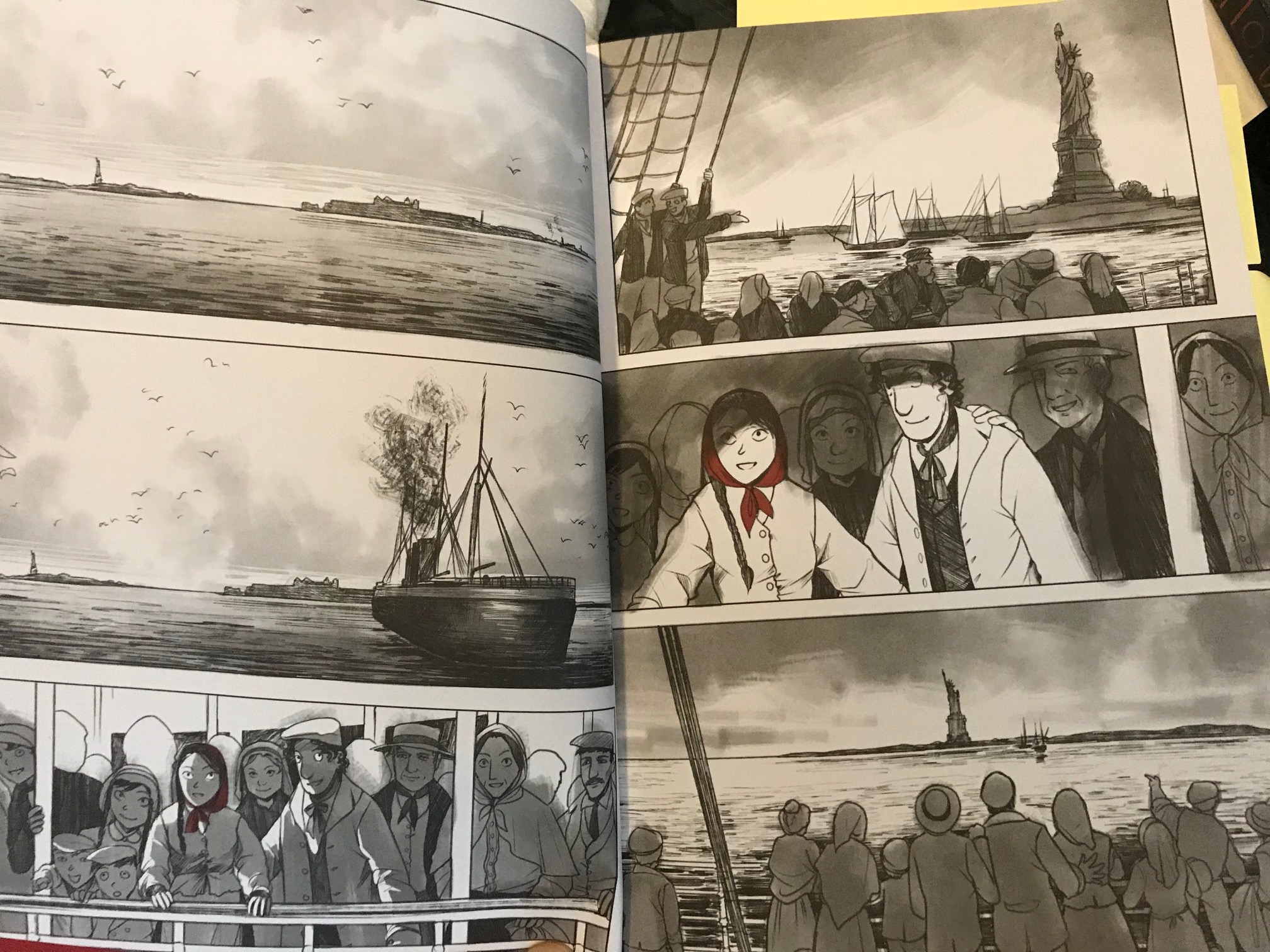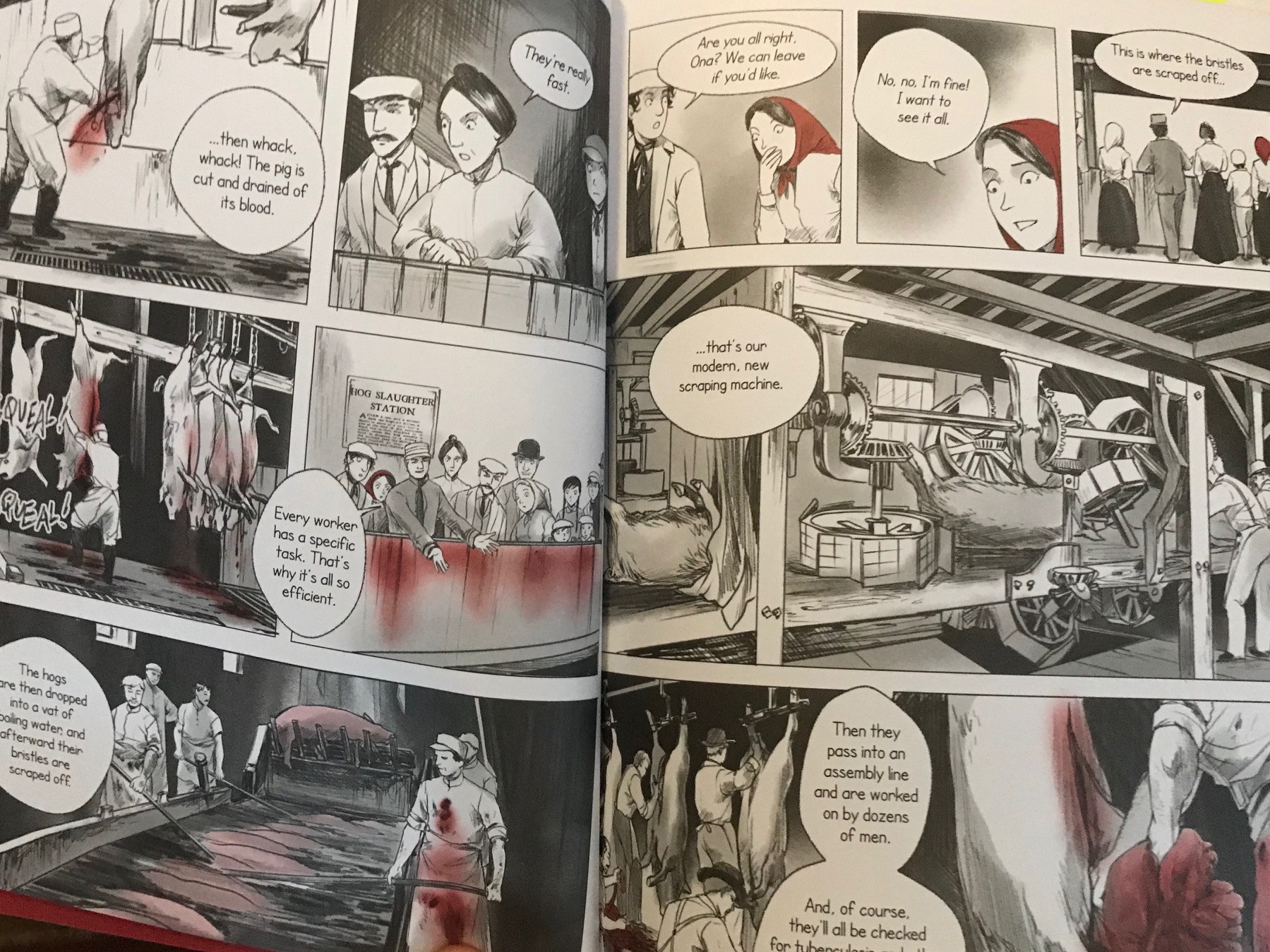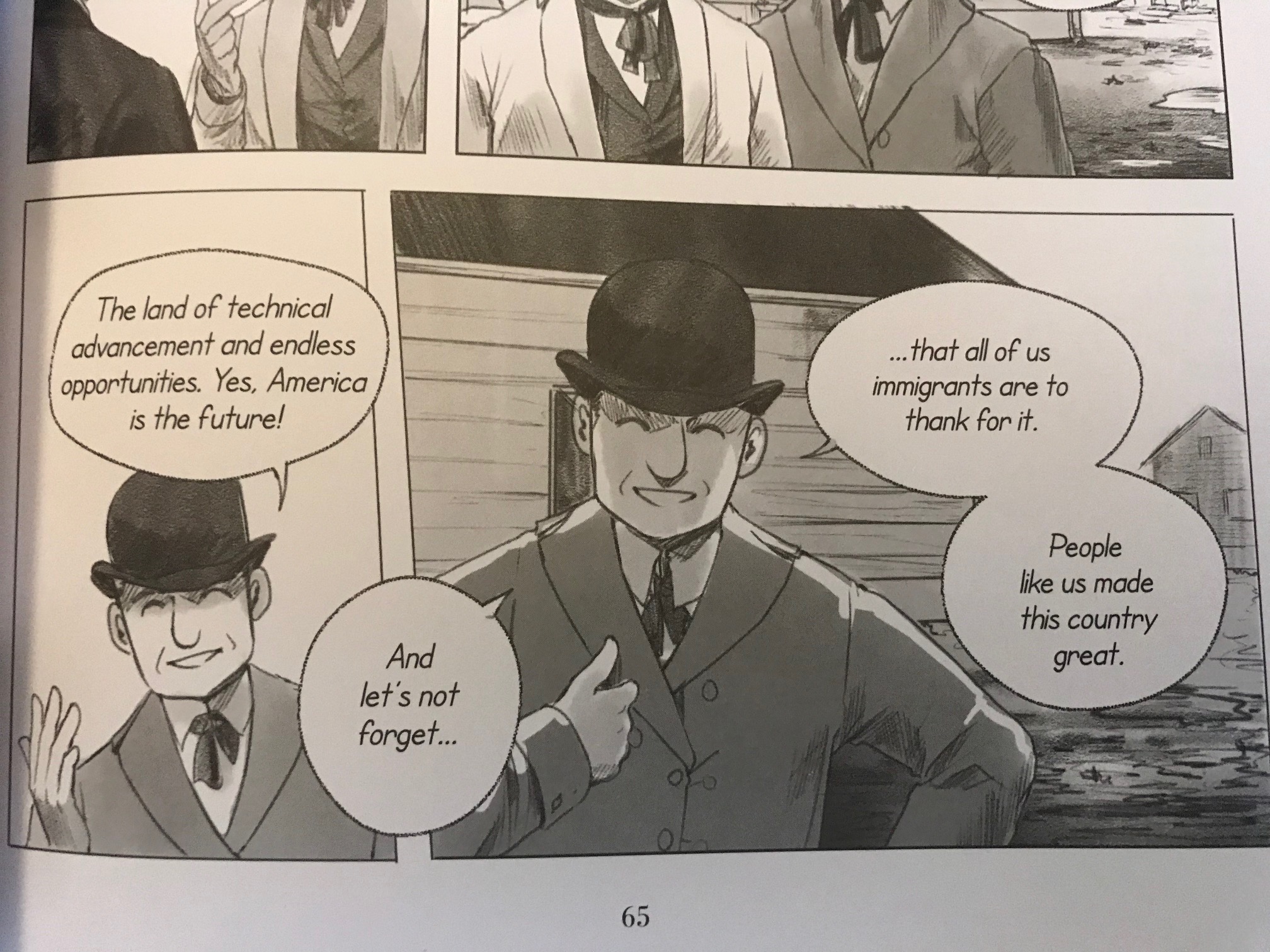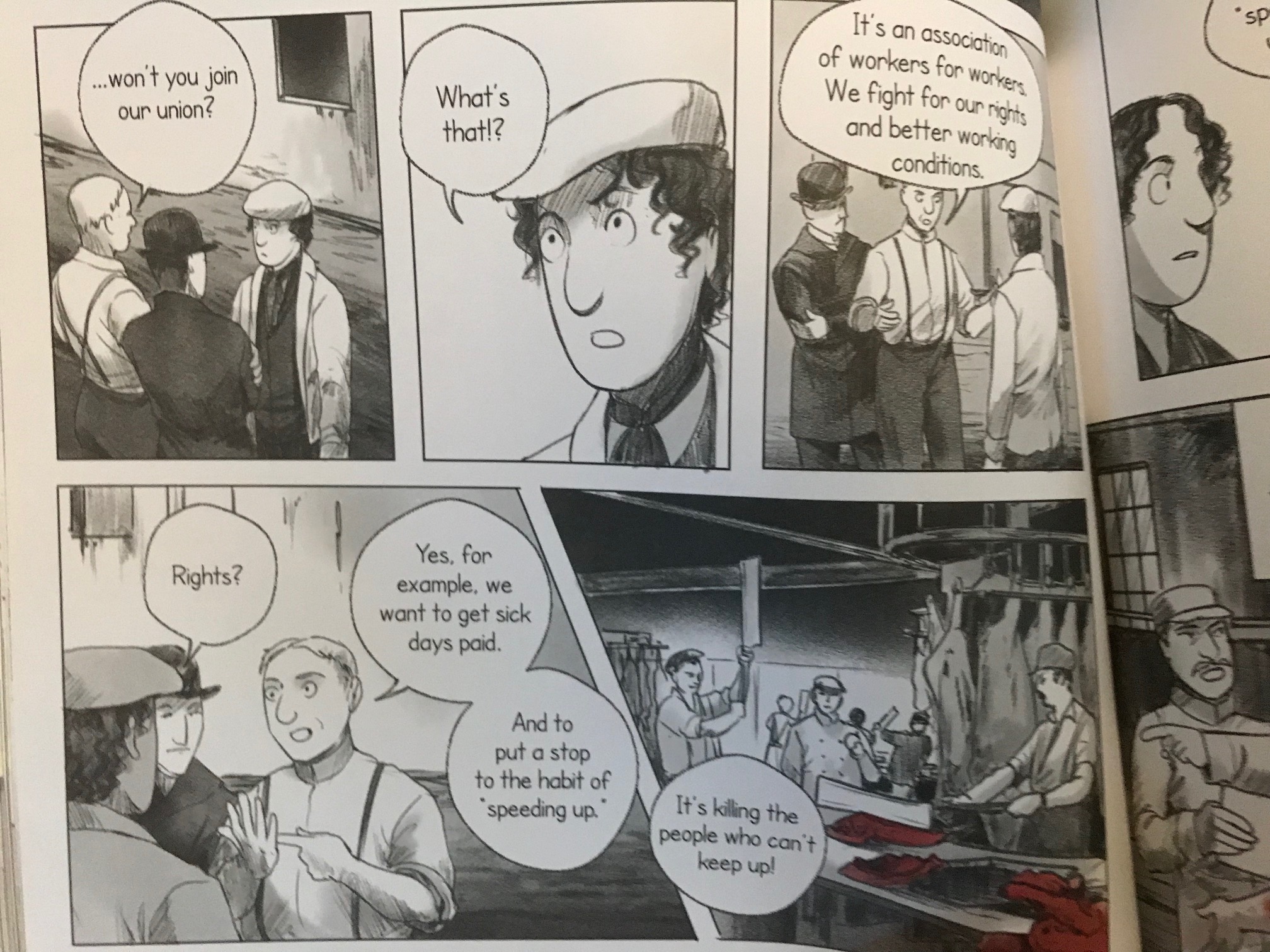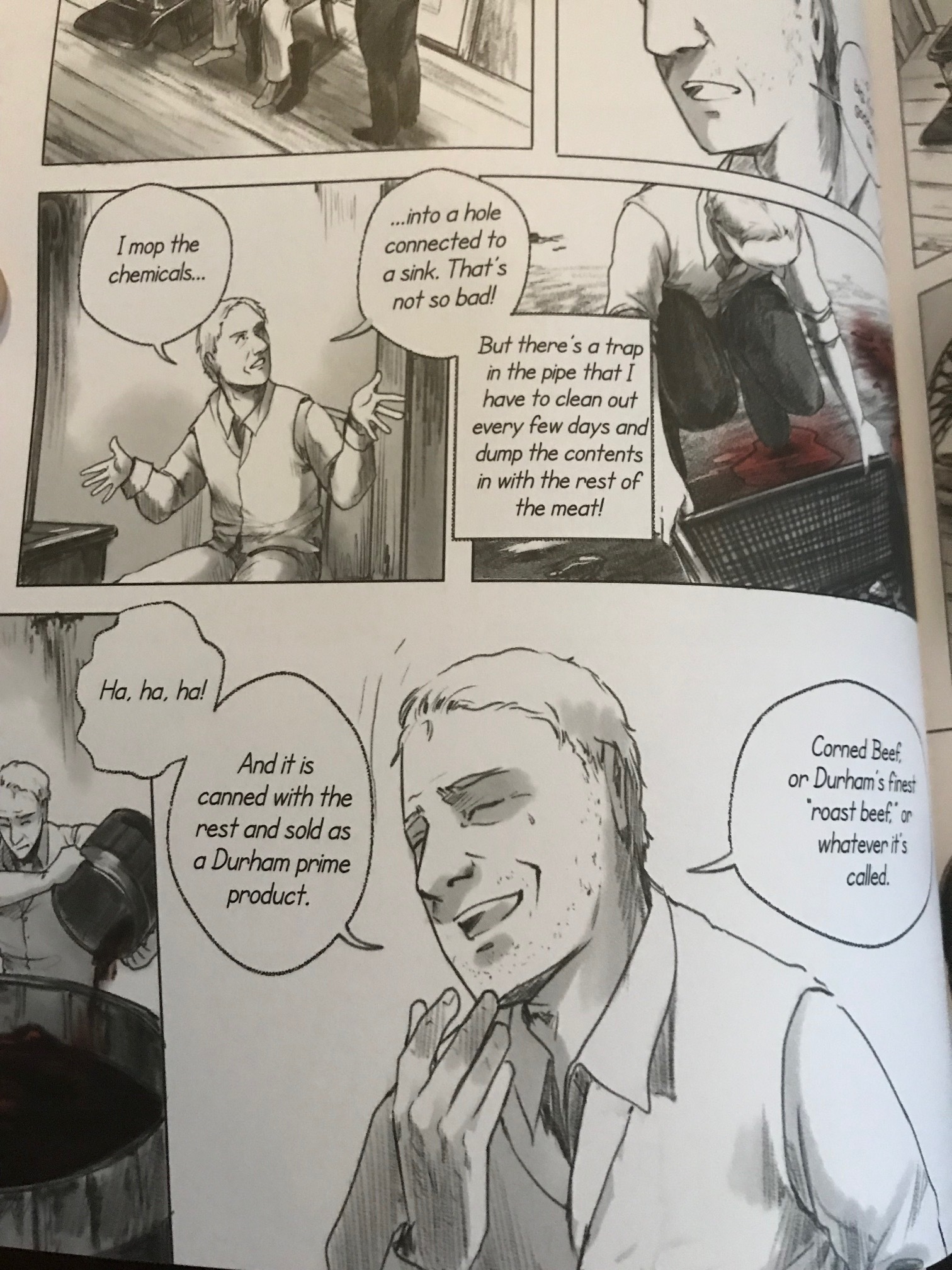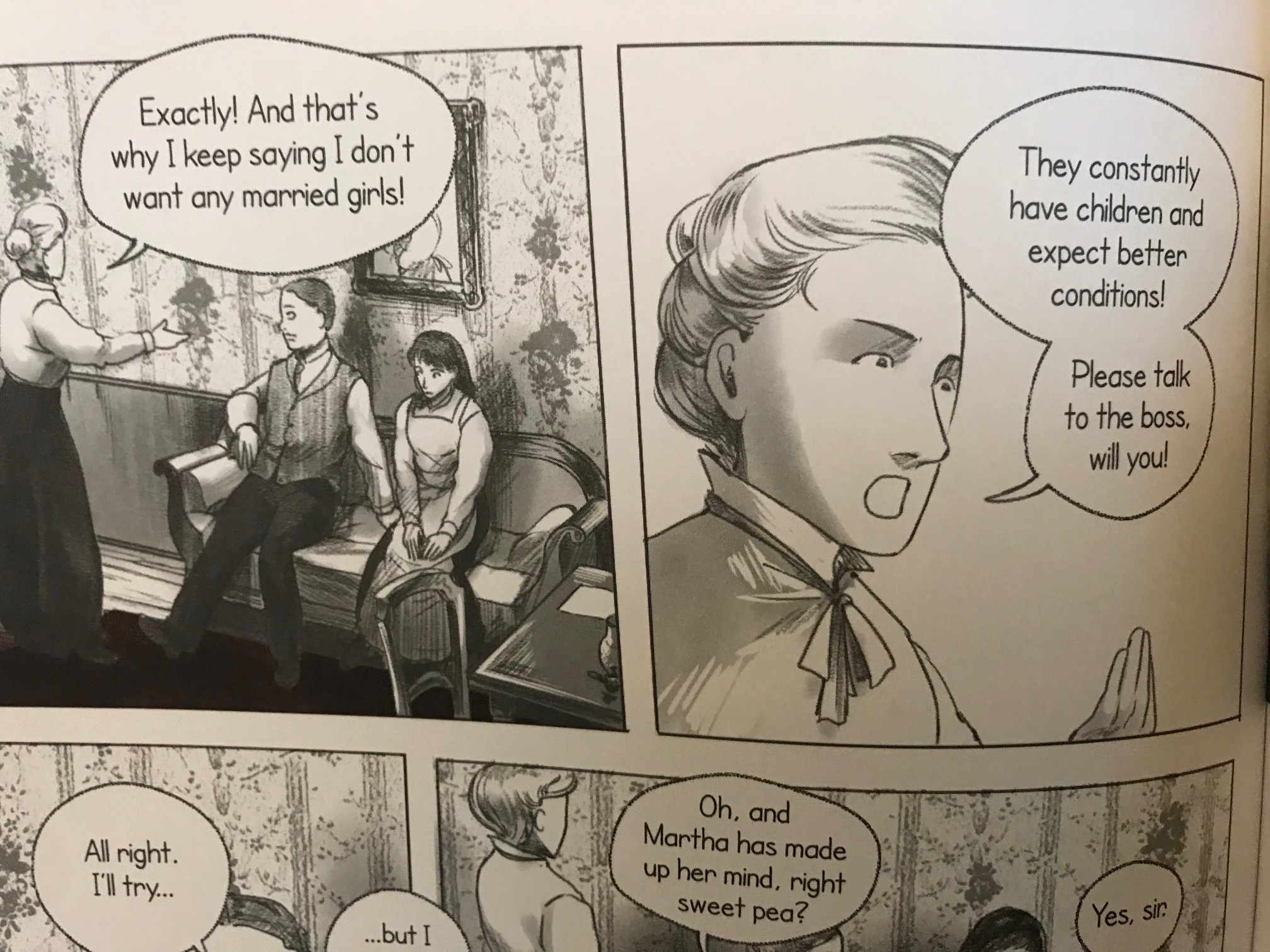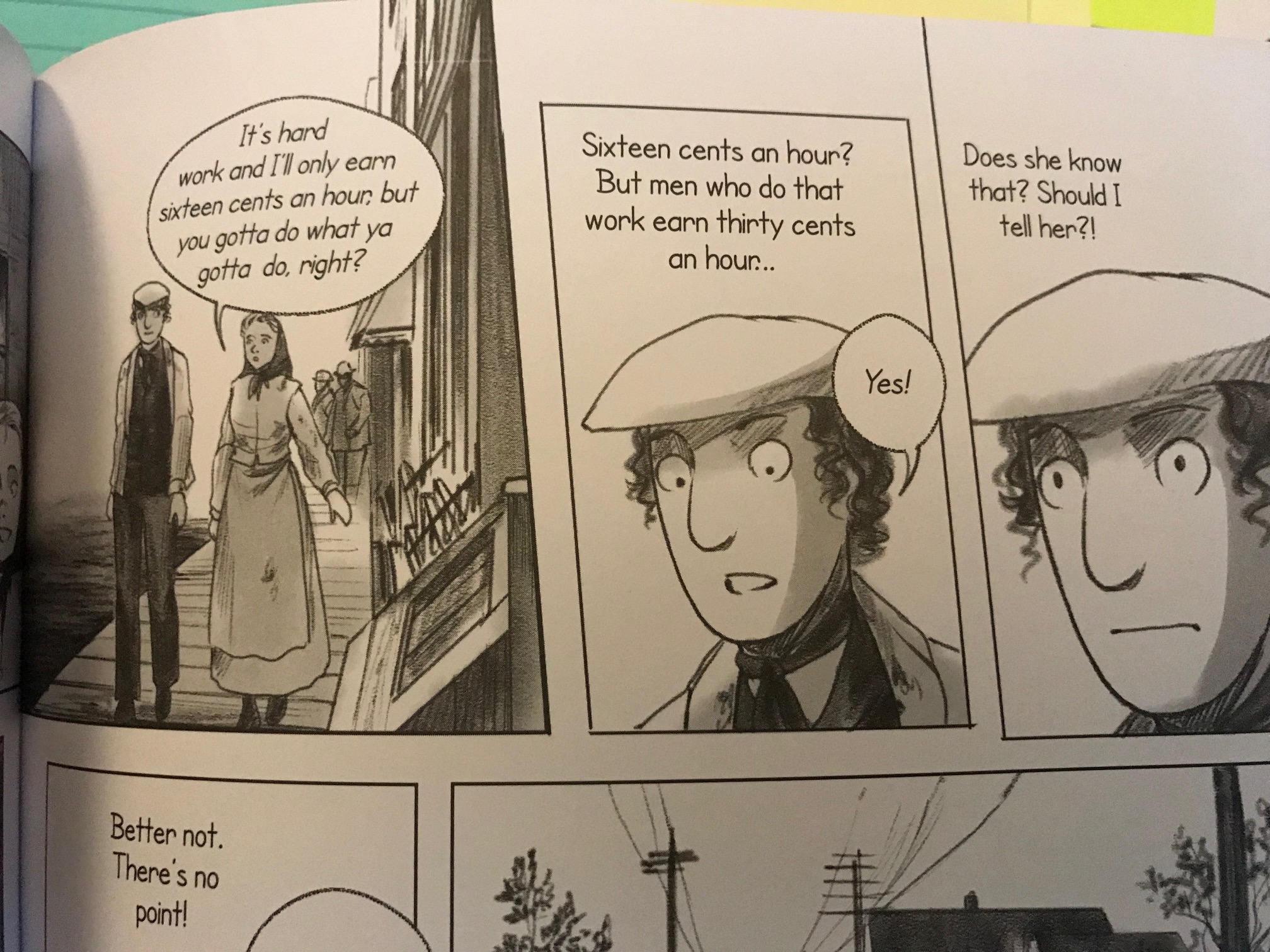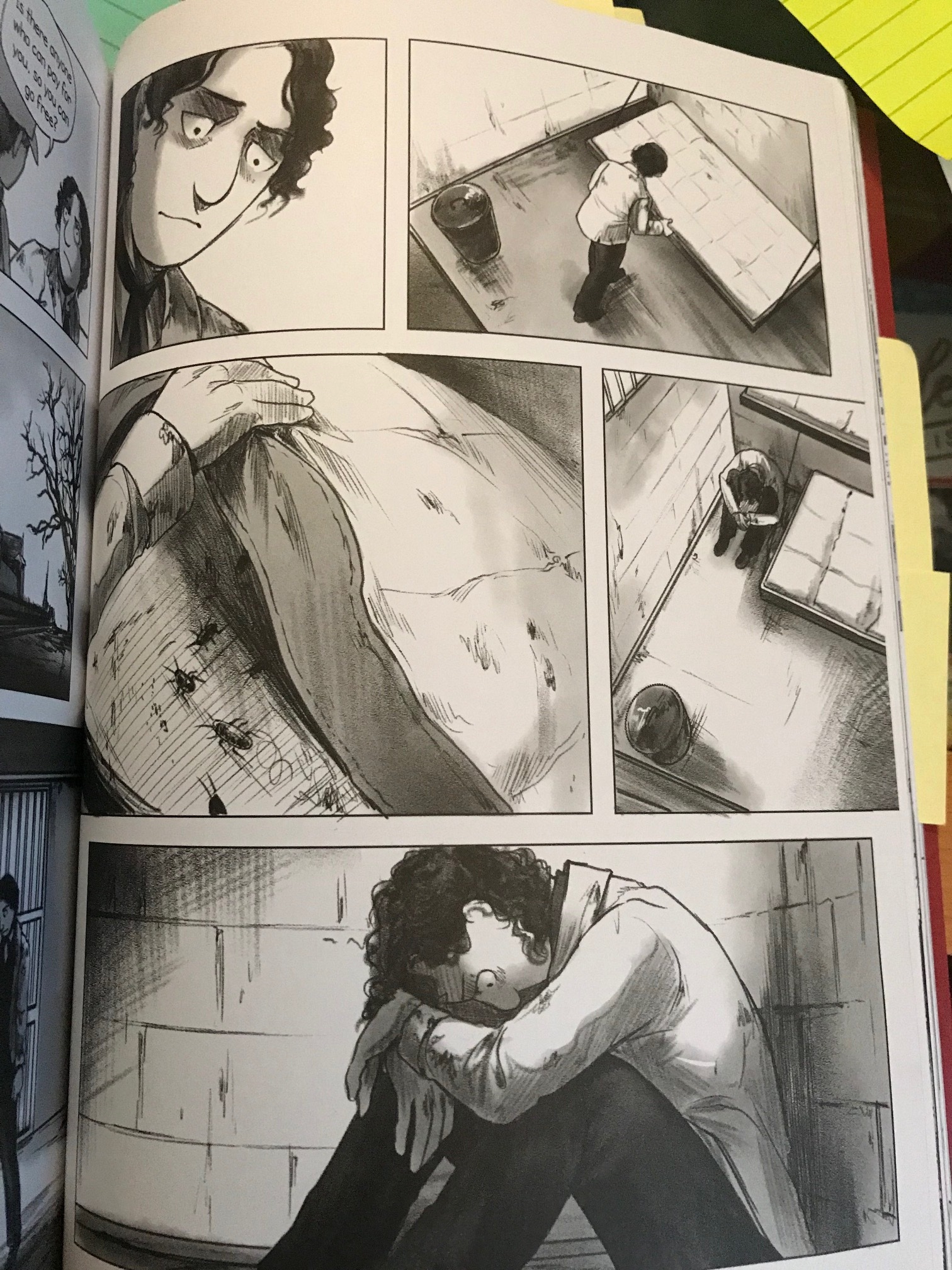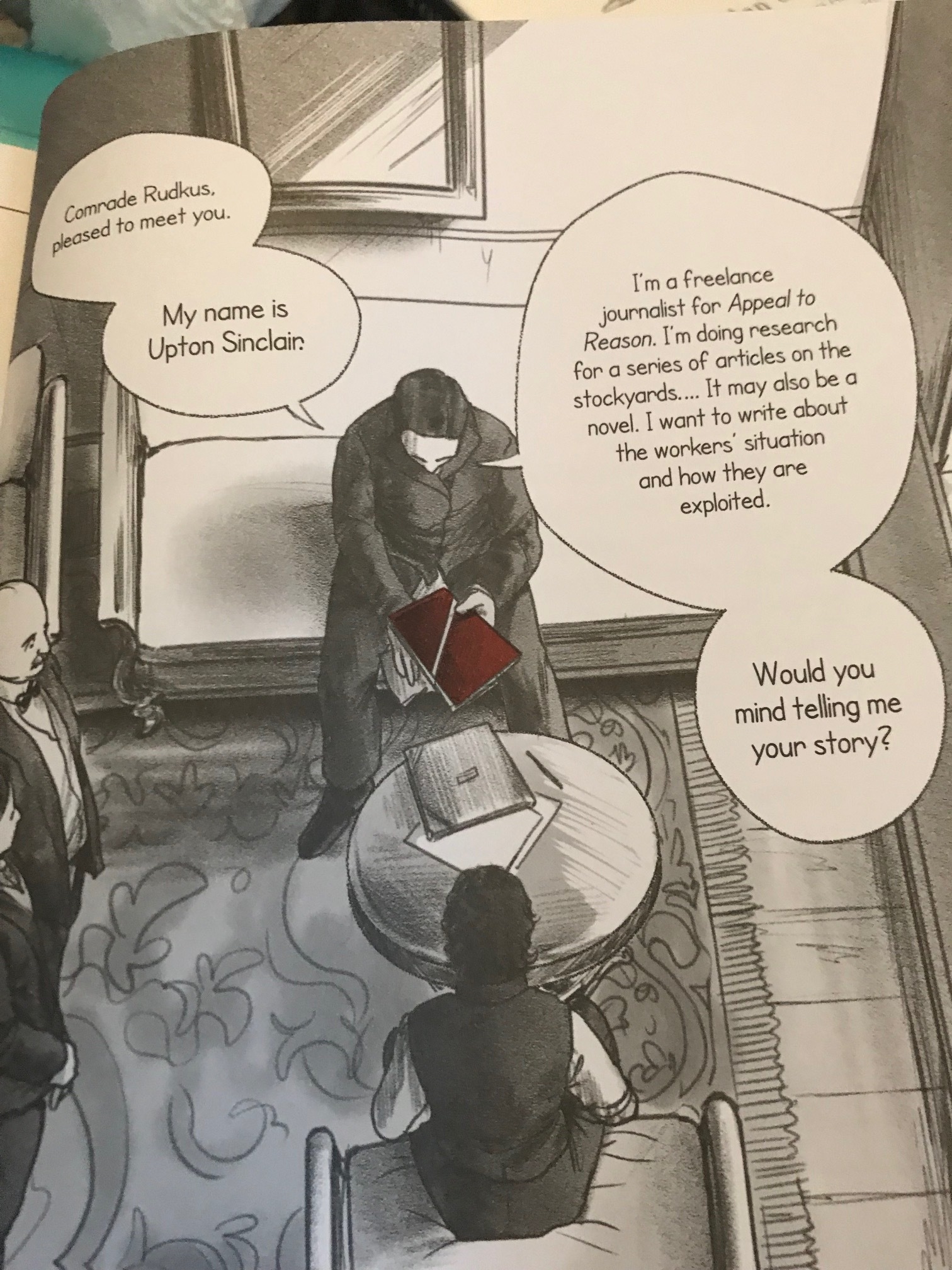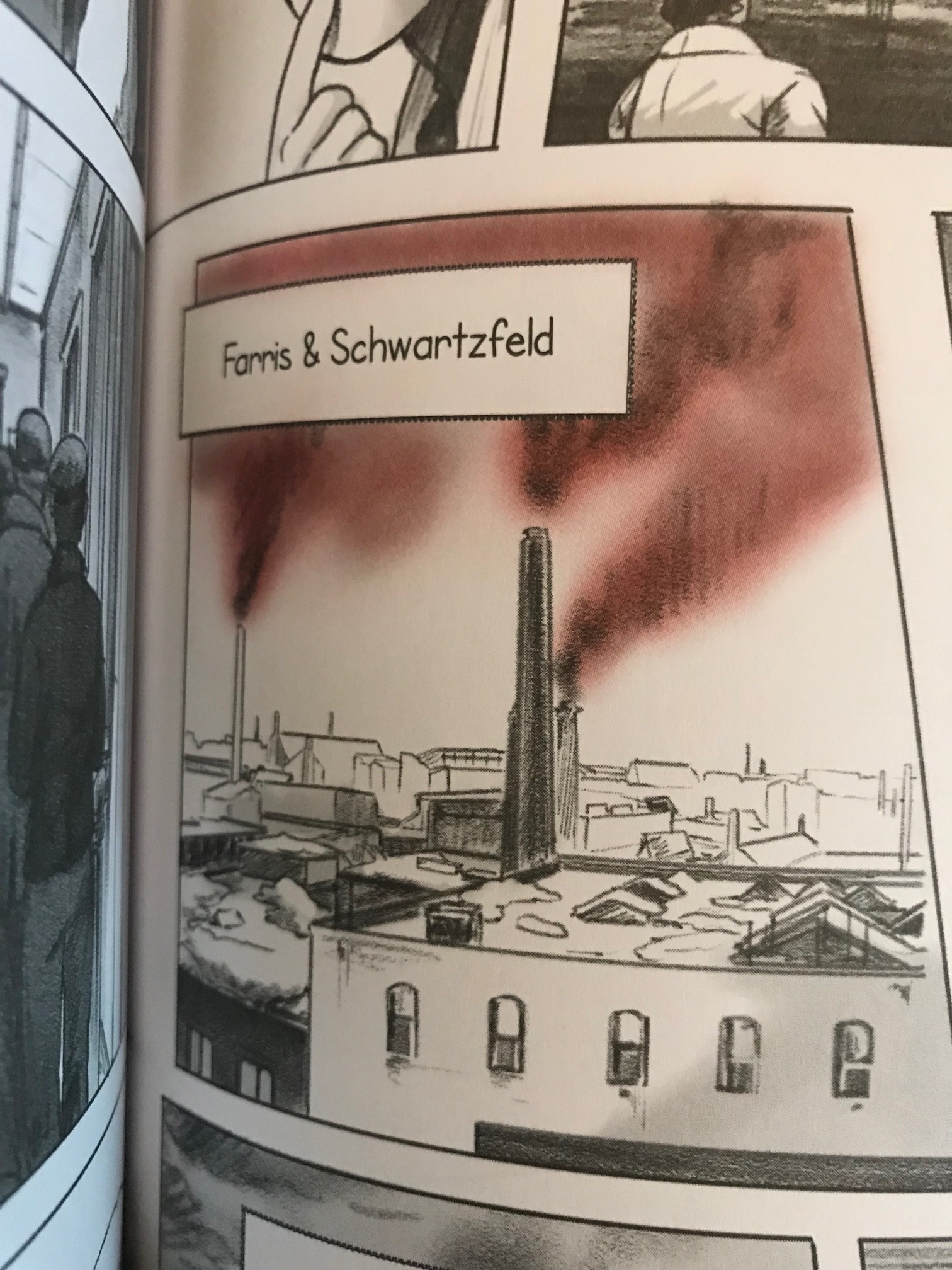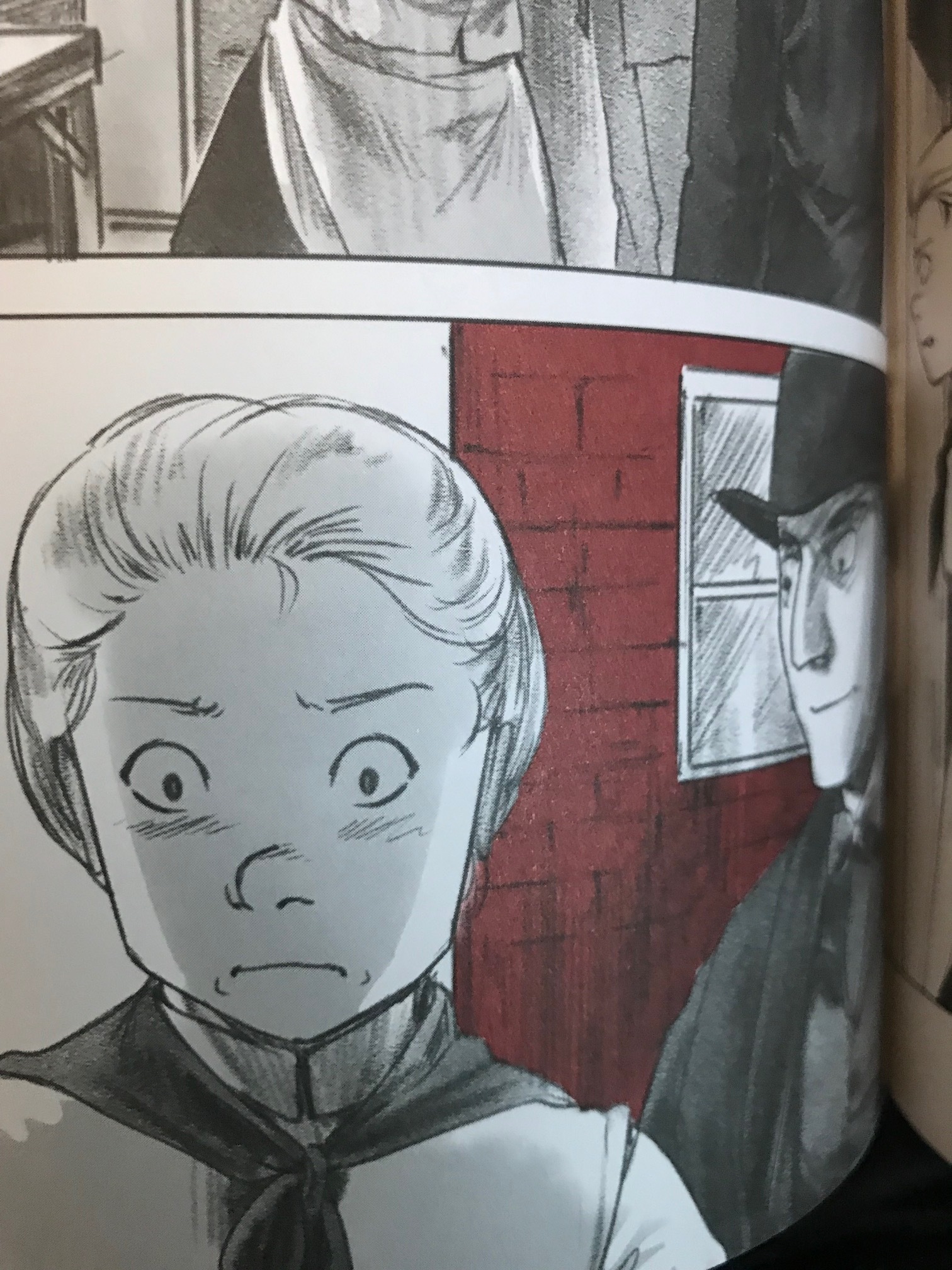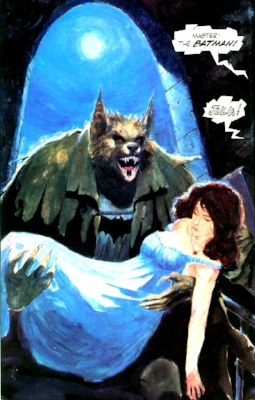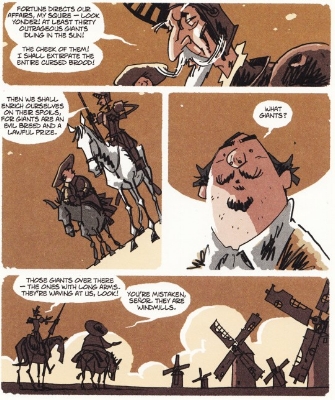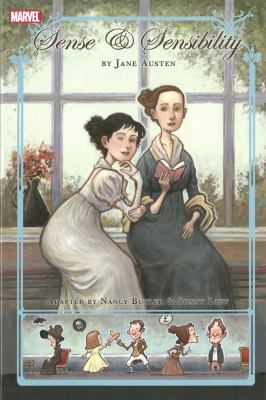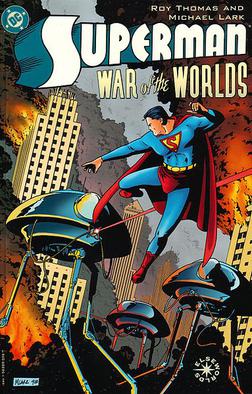I hate to even post this as I always post everything I do for free. I don’t want to put a paywall between this work and teachers who are already underpaid. Resources - like buying books, paying for my website, blog, etc. - gets expensive when funds are tight. If you use my resources and would like to send a little support, I’d appreciate it. If you can’t, I understand and I’ll keep on posting anyway! Thank you to everyone for all of your support over the years!
Any donation is appreciated - thank you!
Whatever it is, the way you tell your story online can make all the difference.
Moby Dick. Chaboute. Dark Horse Books. 9781506701493. The stunning visuals in this faithful adaptation really give a sense of scale and add much to the story.
The Jungle. Upton Sinclair. Adapted and Illustrated by Kristina Gehrmann. Ten Speed Press. A powerful adaptation and it would be great to do a text to text comparison in a classroom. This would also be an easy way to create a cross-curricular lesson with humanities educators. The color red really becomes a character in this story and it would be interesting to ask students what the color represents and why it only appears in certain panels.
The illustrations in this book are amazing. The original prose is the text of the book, with these occasional brilliant illustrations. As an assignment, I have my students create and draw what the monster would be today - this book helps inspire them. I use an excerpt from the story to introduce the Industrial Revolution and consequences of "progress." The excerpt I give centers on the above right photo (...his eyes, if eyes they may be called....). The students then finish the story in any way they choose - funny, serious, scary, etc. A must have for the classroom.
Dracula - like
Tell-Tale Heart, Masque of the Red Death, Cask of Amontillado, Hop-Frog, The Bells, Spirits of the Dead, The Haunted Place,
Fall of the House of Usher, The Raven, Eldorado, The Black Cat, Inheritance of Rufus Griswold, Never Bet the Devli Your Head
Batman in Wonderland!!!!!!
Rating: 5/5
Reading Level - middle school and high school.
Length -186 pages.
Basic Premise
A collection of many "fairy" tales as compiled by the Grimm Brothers.
Factual?
Teacher Thoughts
I have used this book multiple times to introduce nationalism/German unification. A well illustrated book with the original stories. A good companion is
The Annotated Brothers Brimm ISBN 9780393058482. There are some beautiful illustrations, but mostly prose. However, the annotations with
each story are invaluable when teaching the topic - I learned a lot.
Connections
Nationalism, German Unification, Historiography
Lesson Ideas
Students are each assigned a different story and split into jigsaw groups. They are then given a worksheet with the following questions:
Assigned Story:
1. What do you know about the story already (before reading the handout) – give a general summary.
2. What was different in the account you read than what you had already known?
3. What insight does the original story give to the society in which it was written?
4. What insight does the modified (modern) version give about the society in which it was written? Why was the story changed?
After answering the questions, the students then break up into groups to teach other students what they have read/thought. We then share as a class. There have been some excellent conversations that come from this lesson - children's literature often offers an interesting insight into a culture - both past and present. The only issue I have sometimes come across is that some students have no memory of any of these tales - so I just have them complete the last two questions. When this happens, I feel even better for having performed the lesson and exposed the students to more literature.
I read this out loud to teach about point of view and bias
This is a tough one to categorize - my fourth grader absolutely loves these books! But I can see it being used through high school as well. we have had great conversations after she read the book and she is now excited to tackle the "real" book. A great way to introduce classic literature and to remove the fear factor.
LOVE THIS BOOK!!!!!

